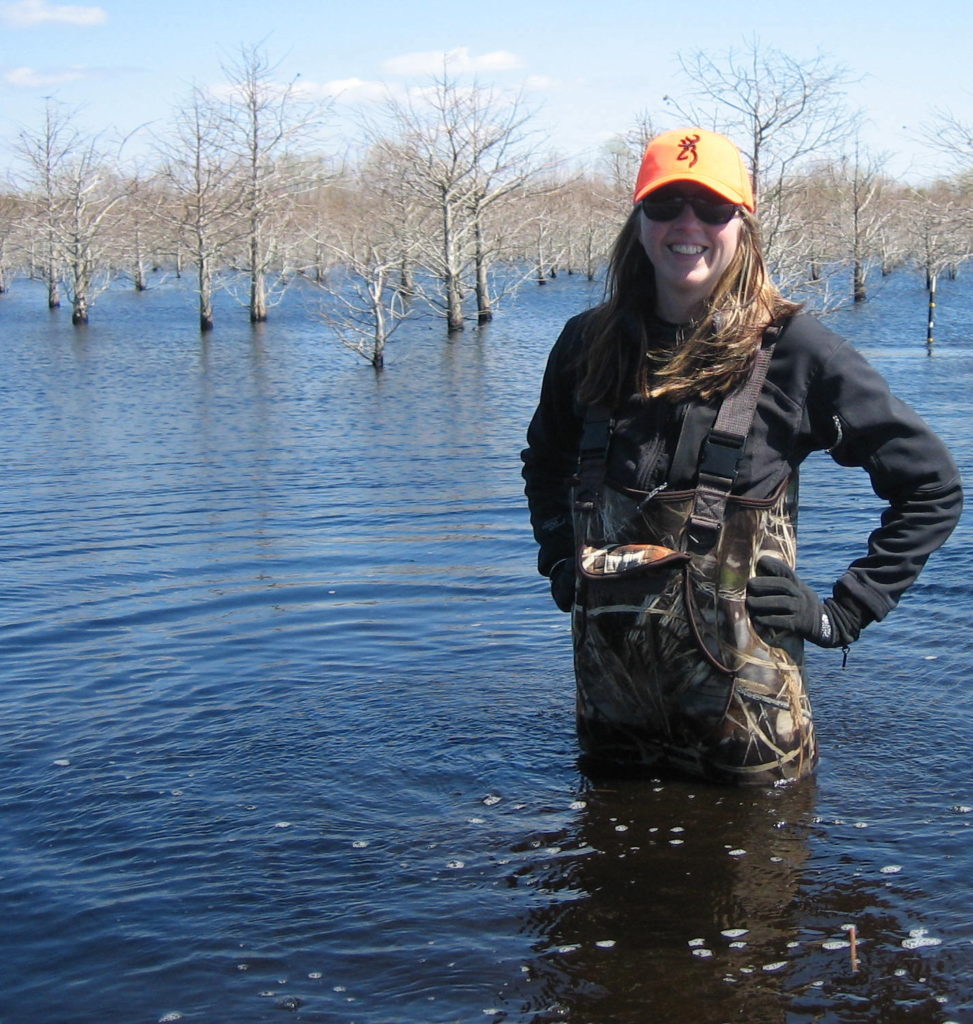
Ph.D. Candidate, Wake Forest University
Field Travel Grant Type 1
Snags as Straws? Dead Vegetation and Methane Flux to the Atmosphere
“Wetlands have long been recognized as the single largest source in the annual flux of methane to the atmosphere… but the contribution of vegetation to this flux has historically received little attention. A recent review of the role of vegetation in the annual flux of methane to the atmosphere indicates that vegetation may represent up to 22% (32-143 Tg CH4 yr-1) of this flux via direct and indirect pathways. Though there is a large degree of uncertainty attached to this range of values, methane transport through wetland vegetation is likely to contribute significantly to this estimate. Prior research, as reviewed in Carmichael et al. (2014, Biogeochemistry) has established the roles of 1) live herbaceous and woody vegetation and 2) dead herbaceous vegetation in atmospheric methane flux from wetlands. However, the role of dead woody vegetation in the annual flux of methane to the atmosphere has not yet been resolved.
In the summer 2014 field season, a small-scale (n=20) pilot project was conducted to determine if this pathway was worthy of further investigation. There were no significant differences in gas concentrations in the trunk airspace compared to the air outside of the snag at breast height (Figure 1). However, for both CH4 and CO2, trunk airspace concentrations were significantly elevated at water level compared to the air immediately outside. We were encouraged by these results and are planning an upscaled version of this project for the summer 2015 field season. If successful, this research will identify a novel pathway in the annual flux of methane to the atmosphere, moving us one step closer in closing the gap in the global methane budget.”
